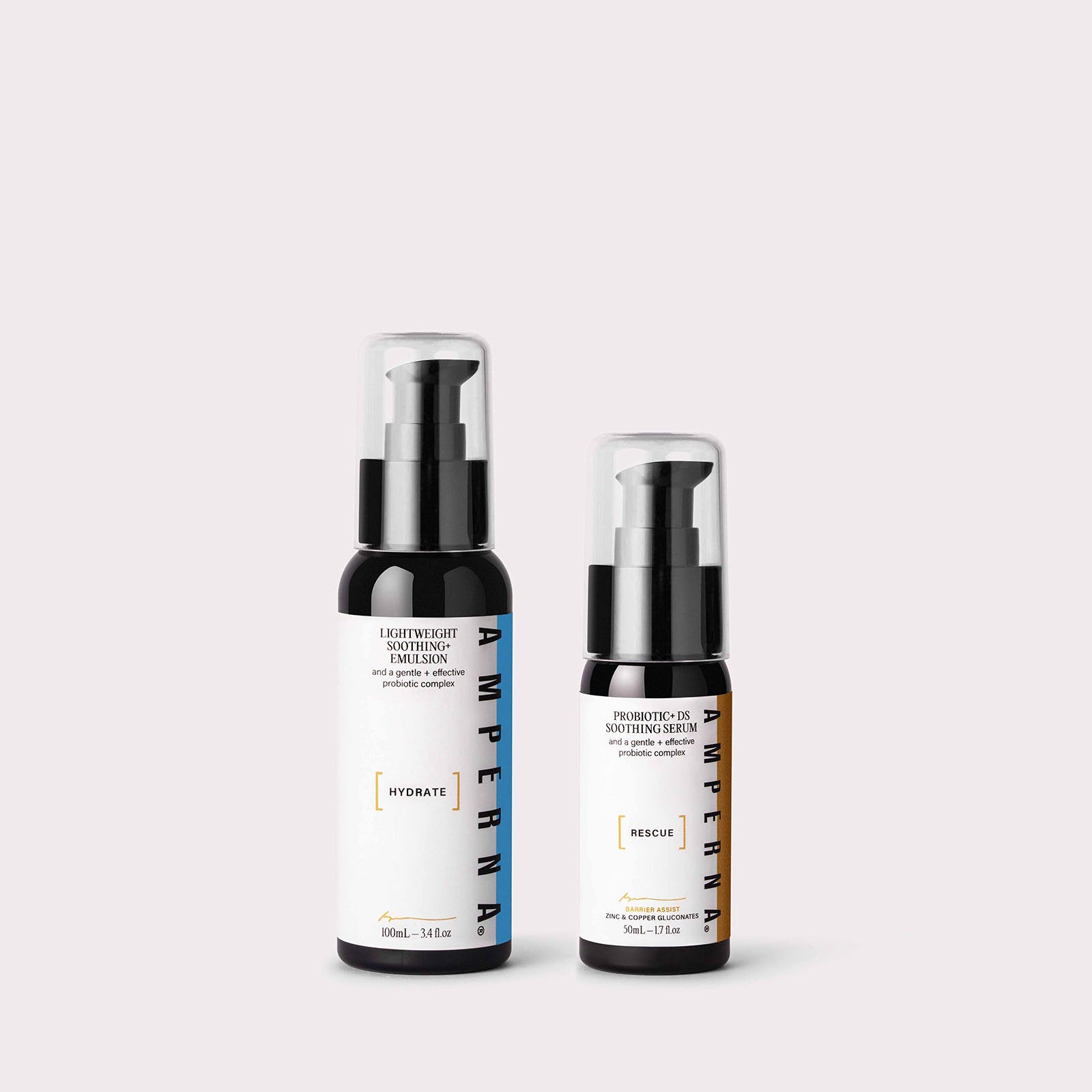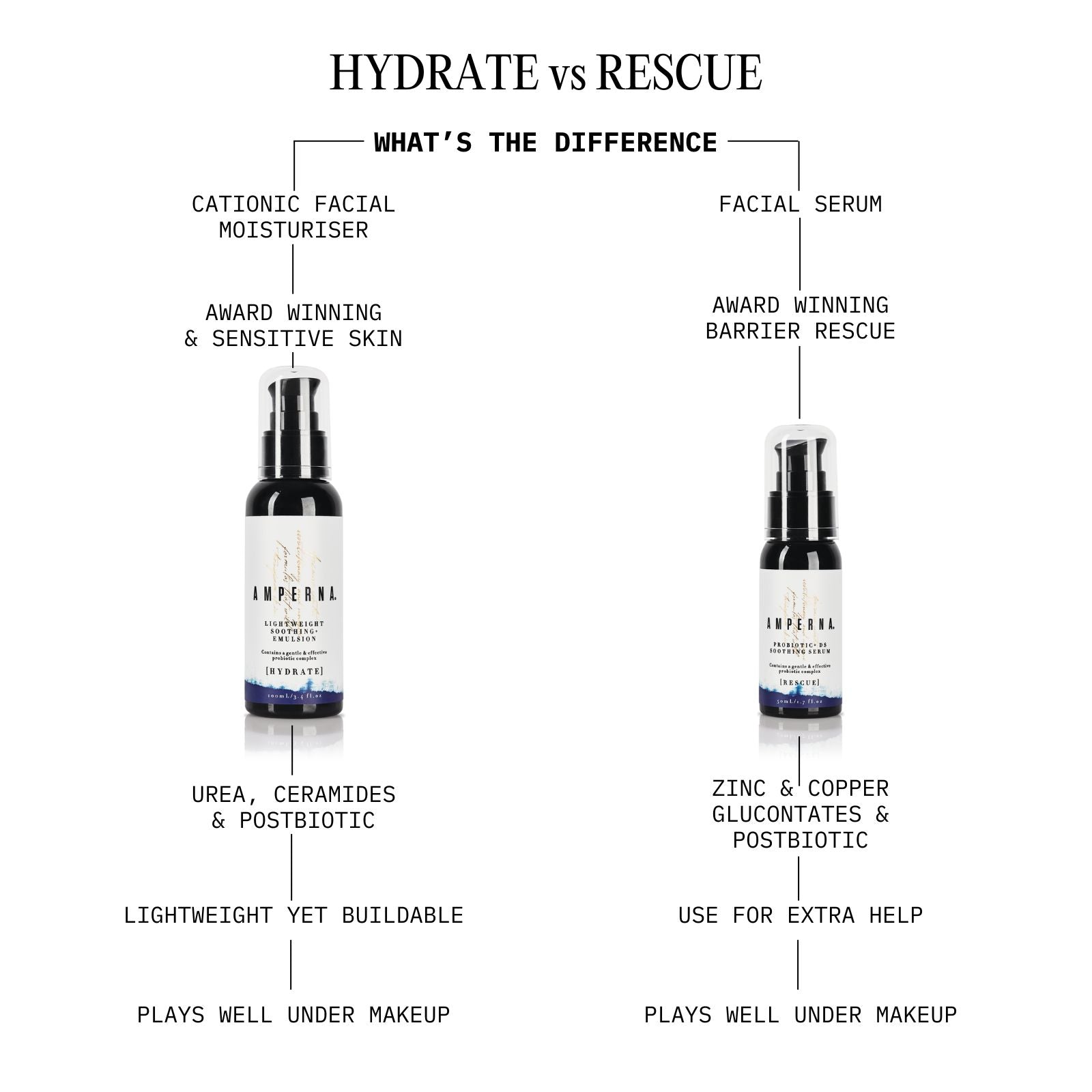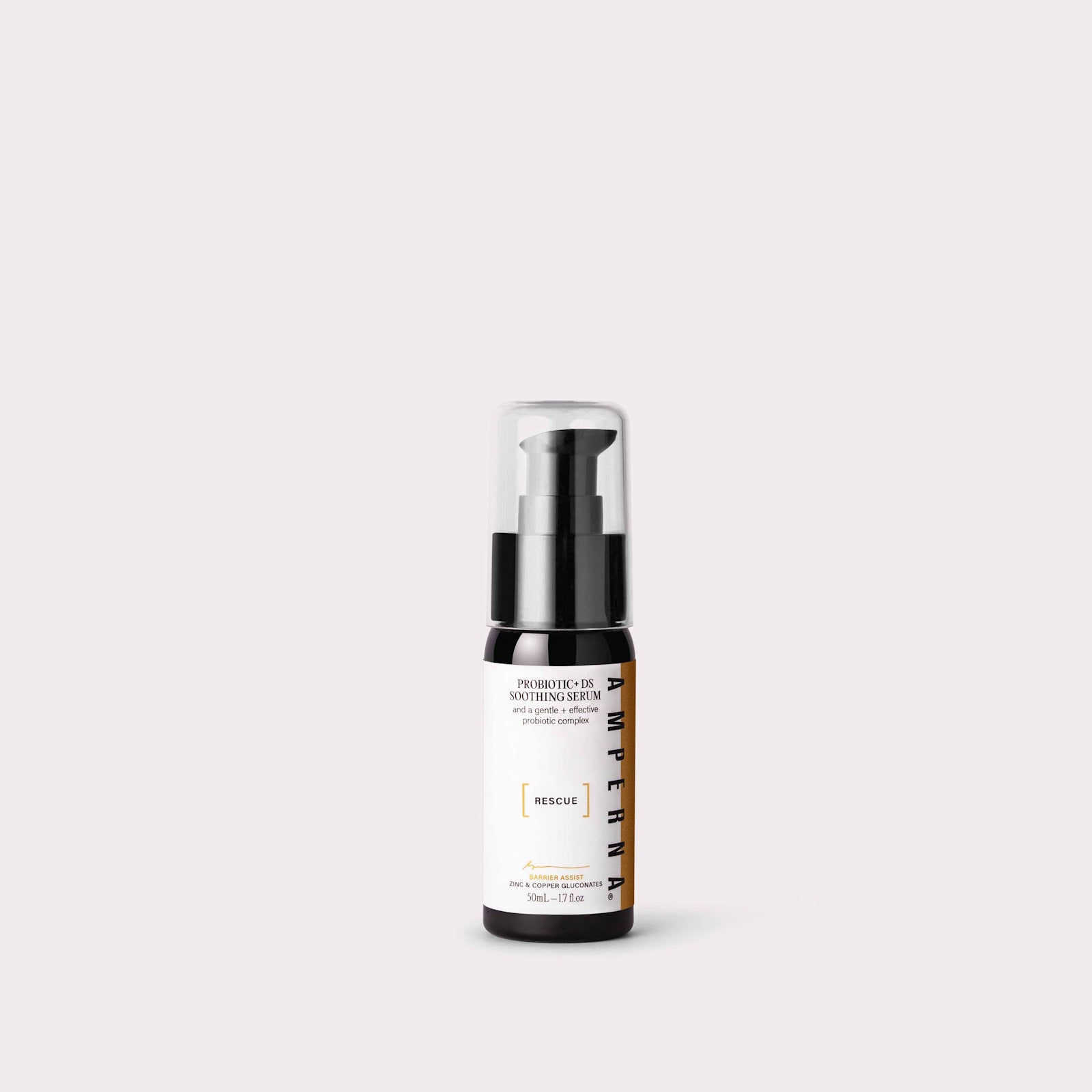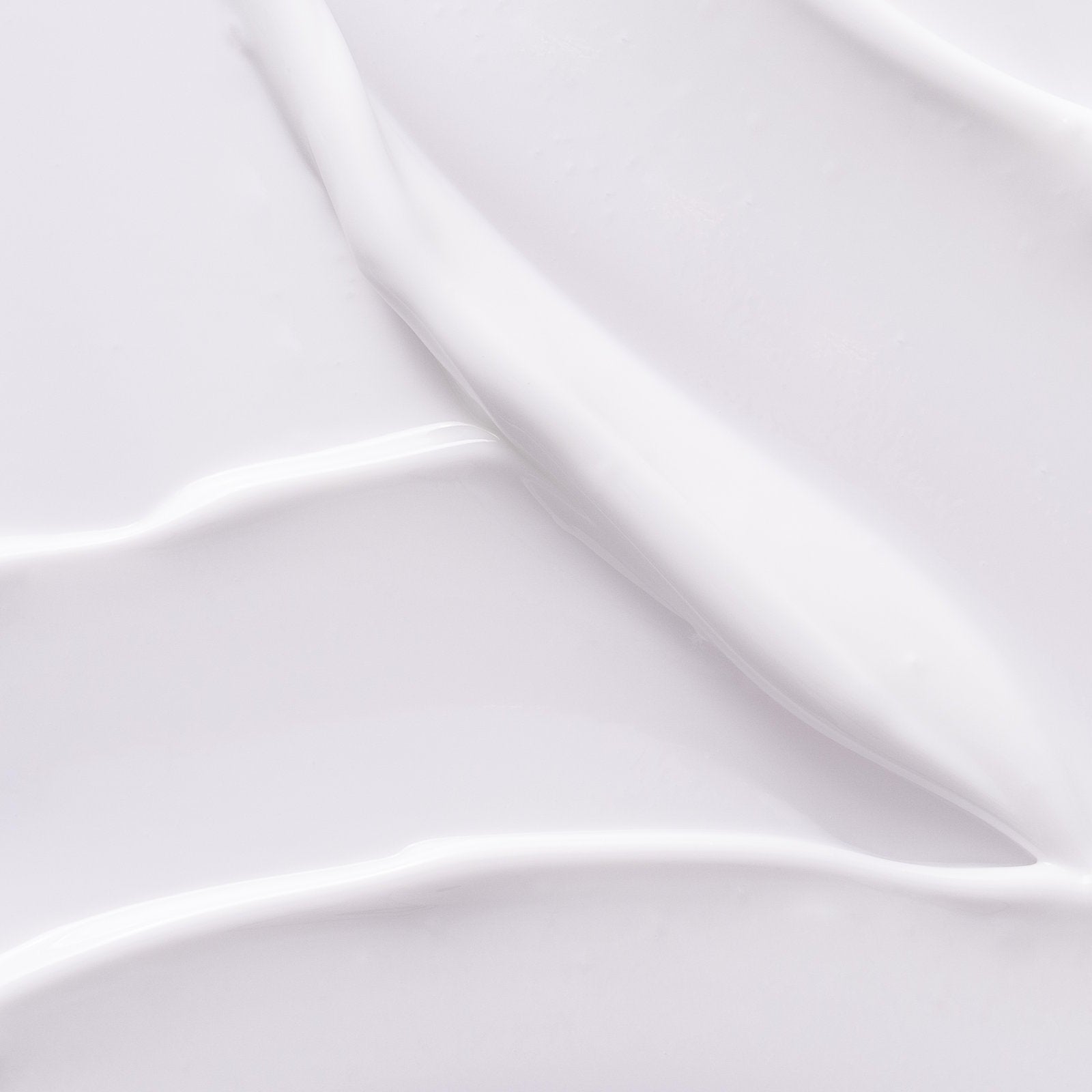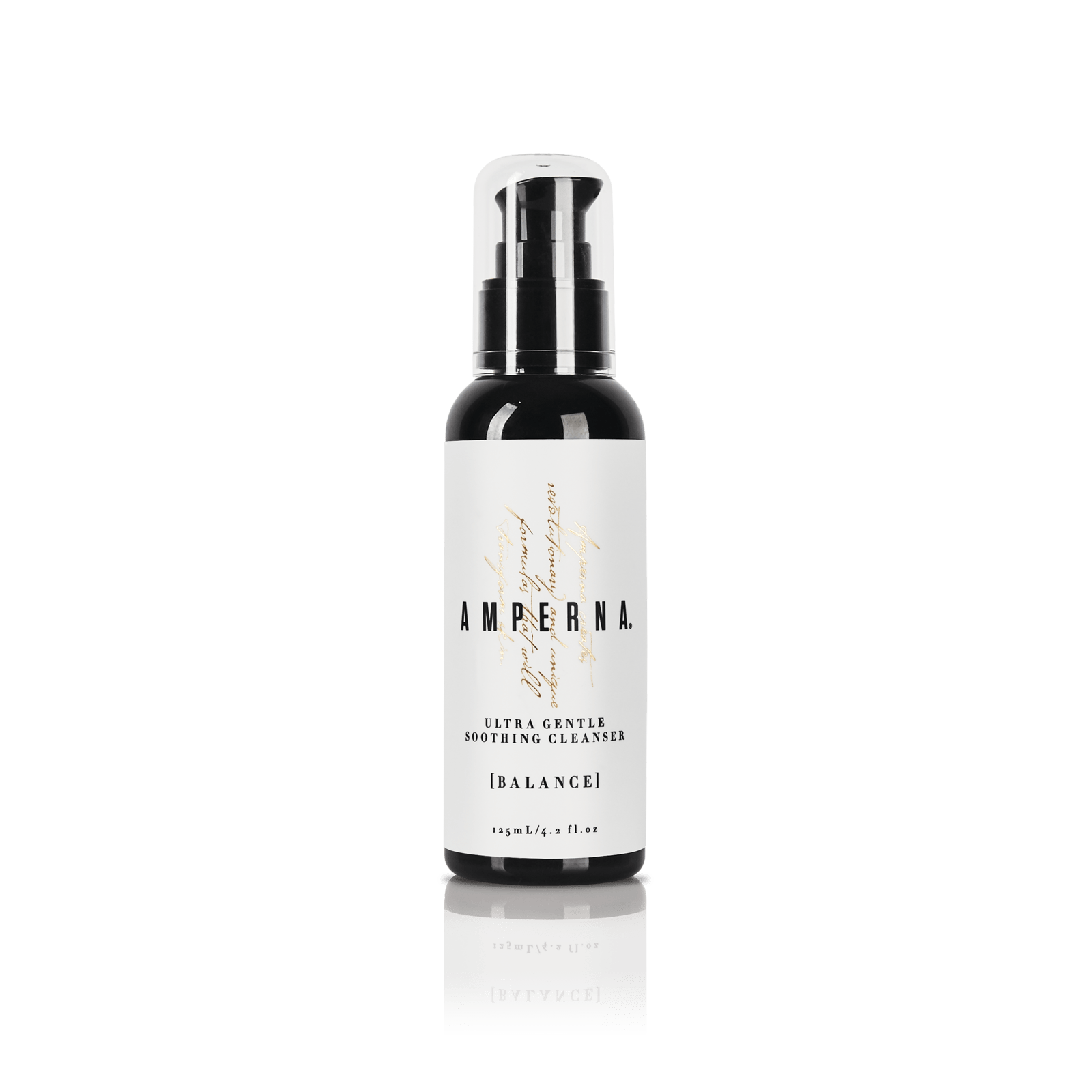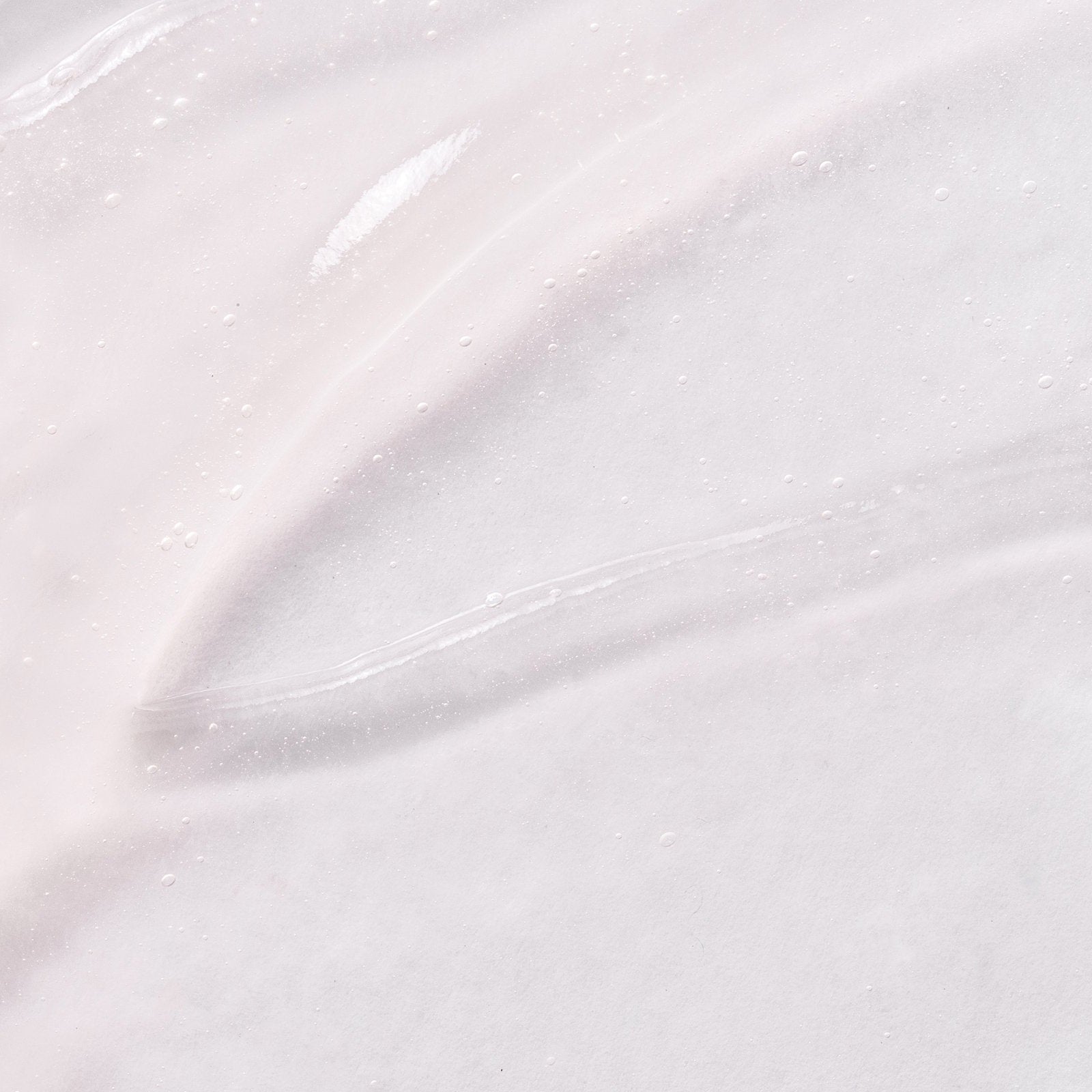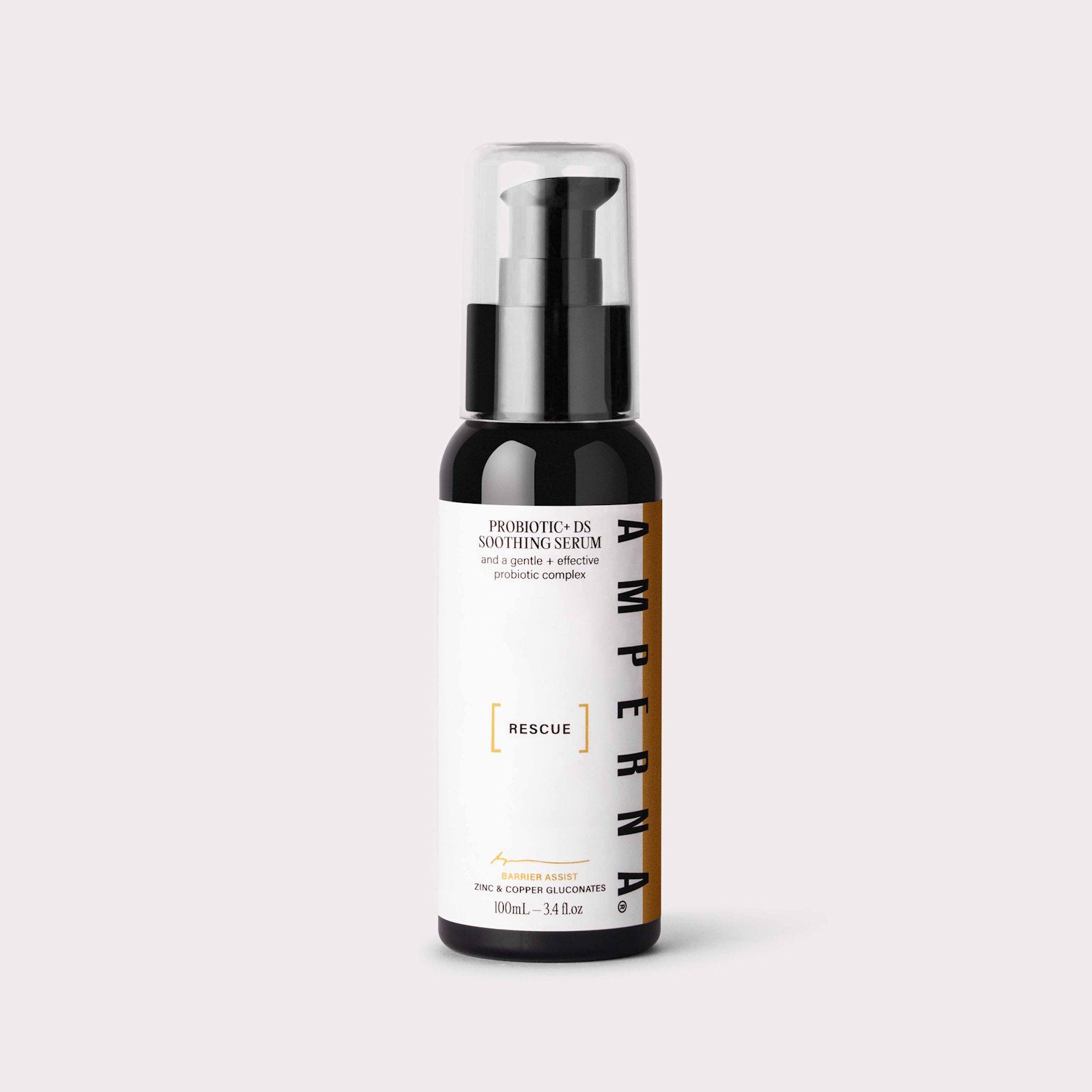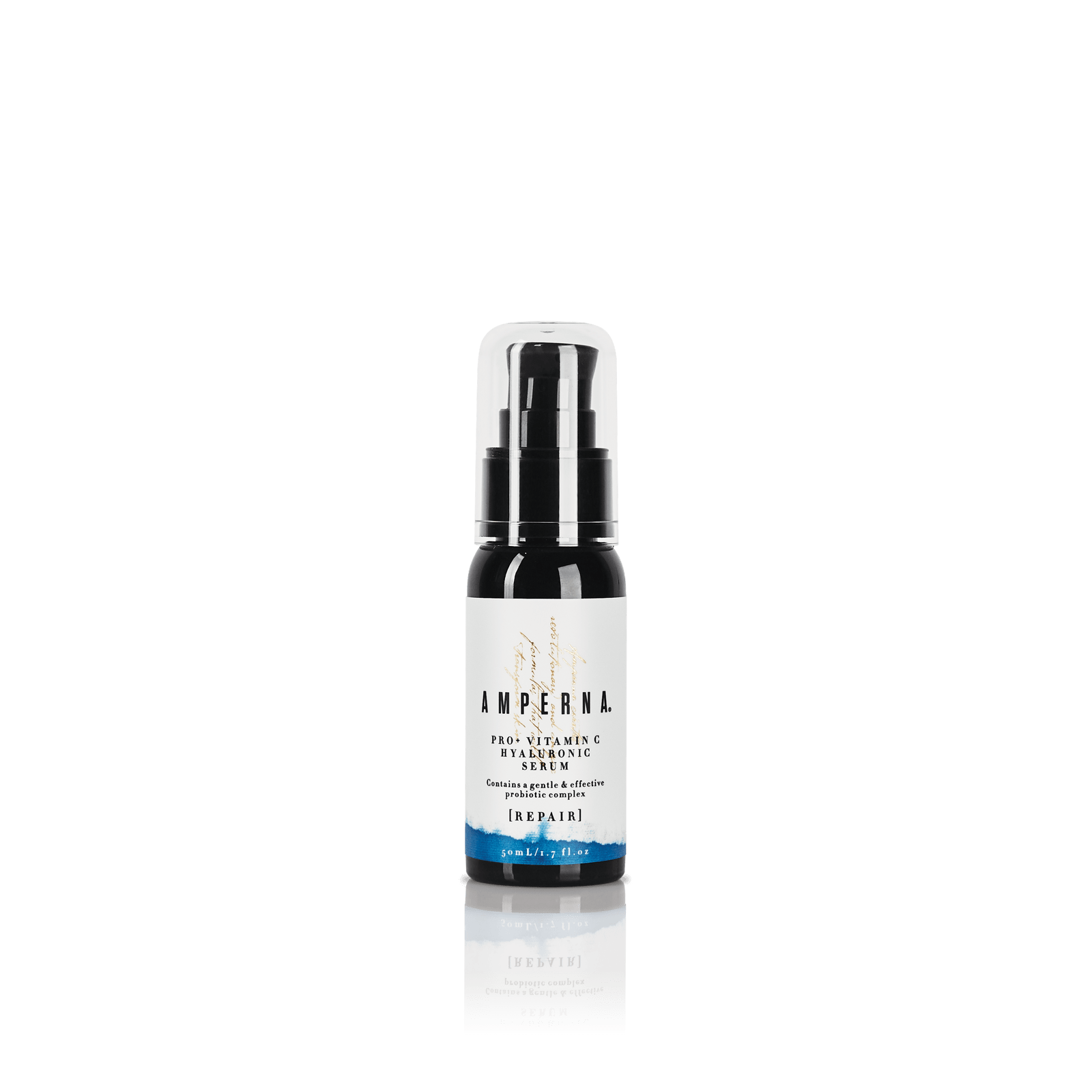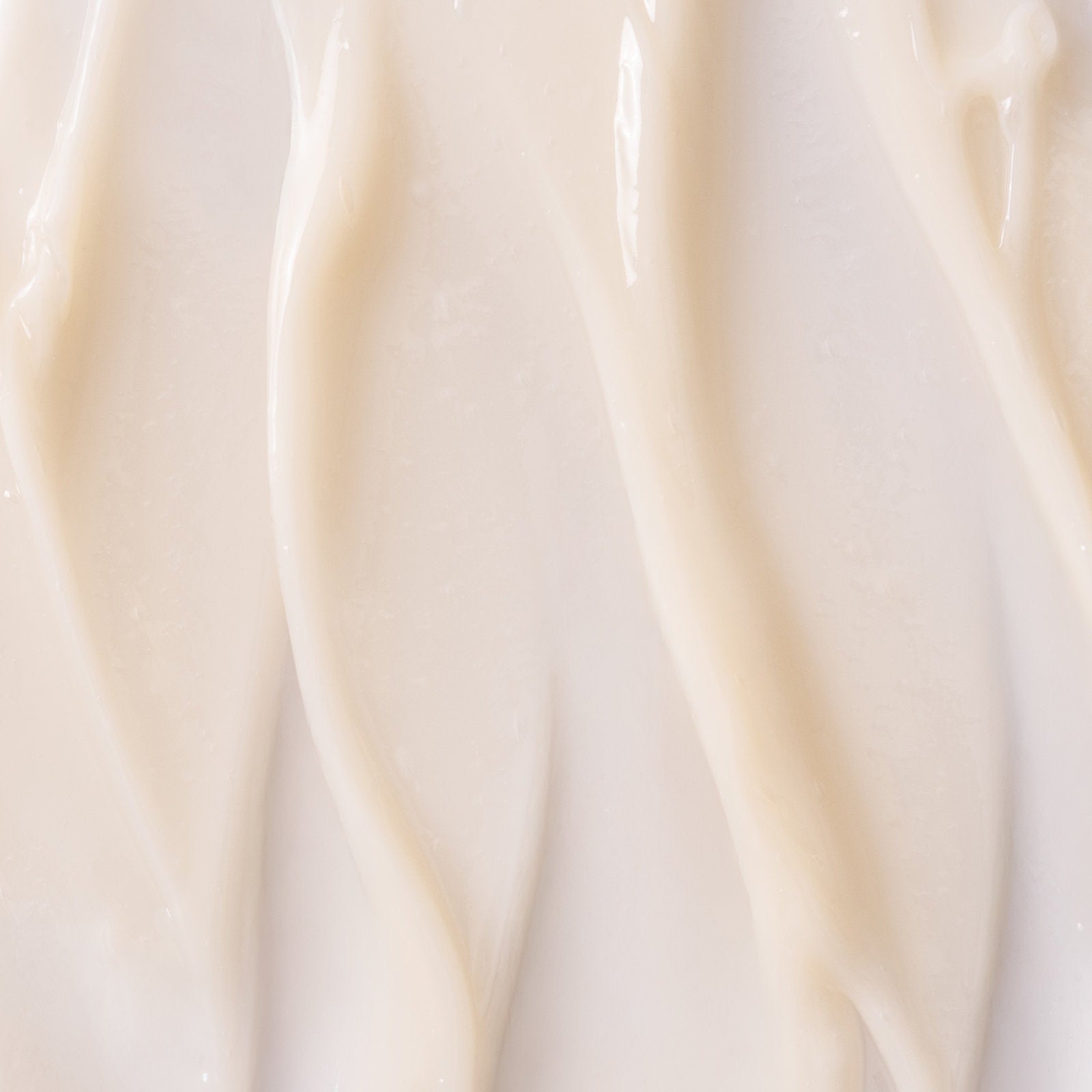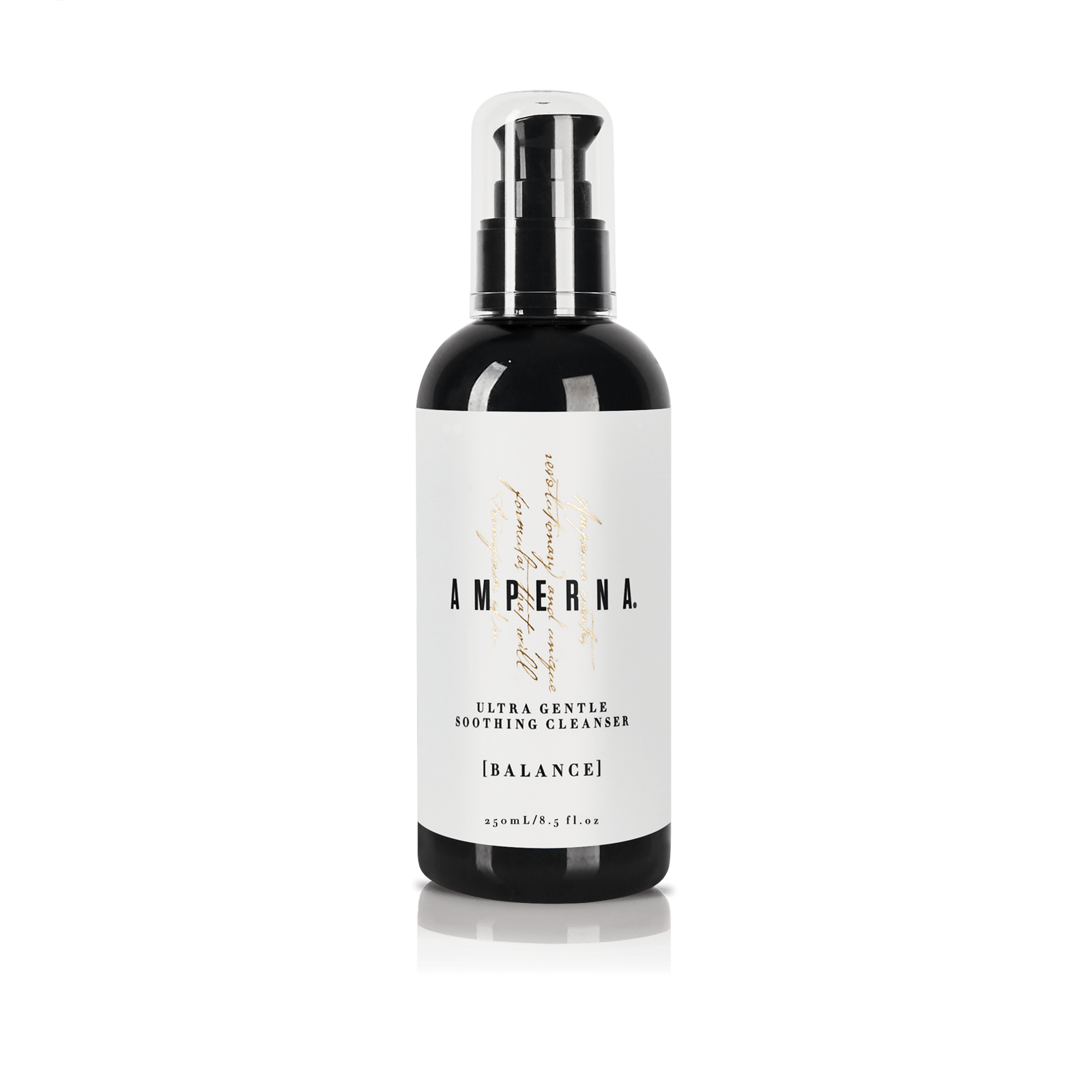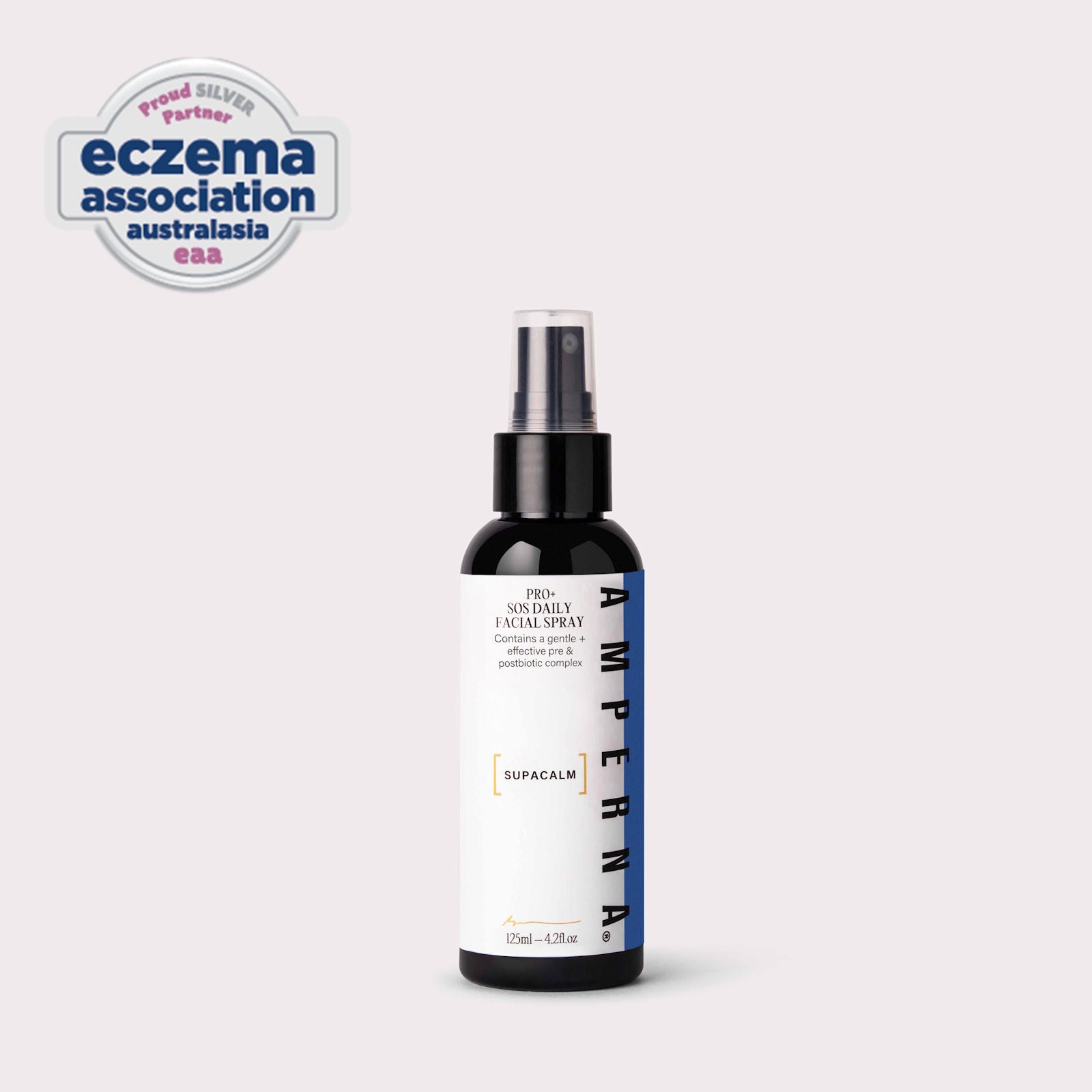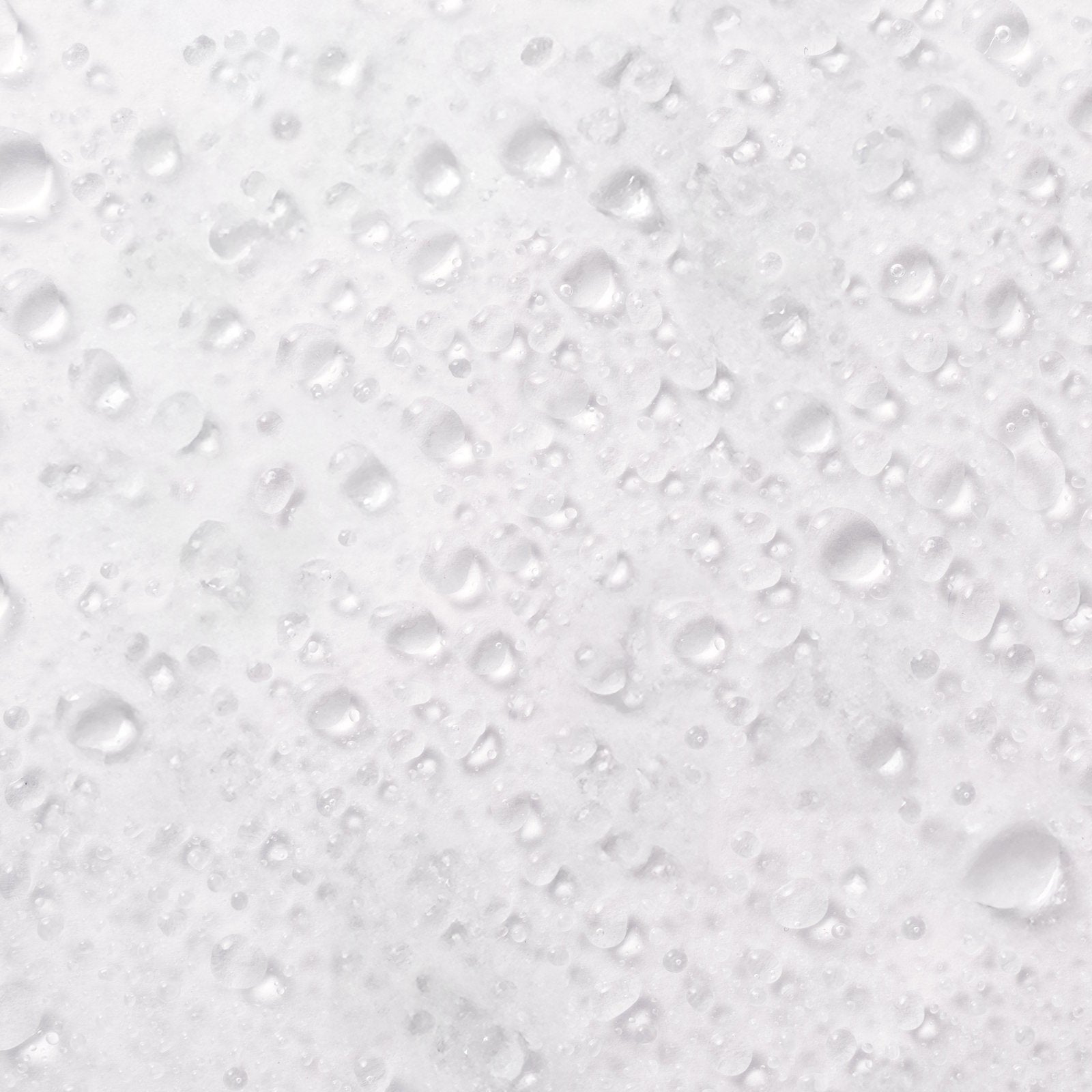Ever wonder why some skincare products can cost you a small fortune and others are surprisingly cheap? Classics like the La Mer range and the brand Rationale can cost upwards of thousands, whilst The Ordinary positions its products for under $20.
To understand why there is such a price discrepancy between products, you need to consider that there are several elements involved in the process of developing skincare. By understanding some of the key drivers of cost, you can be better informed to decide on which skincare brand is right for you.

The first element to appreciate is there are a lot of costs involved in getting a skincare product ready before it can be sold:
Some of the largest costs involved are:
- Research & Development
- Product testing and certification
- Procurement of raw materials – Ingredients, packaging, labels
- Manufacturing (inhouse or via a third party)
- Logistics & transport
- Warehousing/Storage
- Sales & Marketing
- Labour/Time
The second factor is how the brand is positioned:
Some products are positioned for high-end, high-income consumers. Others are positioned for mid-tier and some for value conscious consumers.
The positioning helps to dictate how the products are packaged, priced, promoted and where the products will be sold. If the brand is to be sold in a higher end luxury beauty store, the margin expectations from the customer will likely be much higher versus a value-based store such as Chemist Warehouse or Priceline in Australia & New Zealand and CVS, Walgreens, Walmart & Rite Aid in the United States.
The positioning can influence the cost & quality of the raw materials used along with the level of investment spent on marketing. The higher costing products are often reflected by their price tag.
The third factor is volume expectations.
Some brands want to attract the mass market and sell high volumes. For brands such as these, they can sometimes charge less per product in the hope their profits will come through scale. Other skincare businesses are not interested in developing a mass scale brand and their strategy may be to sell a small-medium amount of product at a comparatively higher price.

The more types of ingredients used, their function, quantity and availability all help determine the total cost of the formulation.
As an example, if there are several active ingredients used, it can really bump the price up. Active skincare products are functional products designed to help you address particular skin concerns. These ingredients are highly regulated and when using them and making claims, the brands need to comply with the Therapeutic Goods Administration in Australia (TGA). Sometimes getting TGA approval can cost the skincare business a significant amount of money.
If there are a lot of inactive ingredients used (these are used to provide texture or fragrance versus providing a functional benefit) the cost is likely to be substantially less.

How to Decide if a Product will be Worth the Price Tag?
Put simply, read and understand the label and do your research.
If you are after certain benefits, make sure the product has ingredients that will deliver to your needs. As an example, if you want UV-protection, look out for Titanium dioxide and Zinc oxide. If you are looking for products that can help to reduce wrinkles and fine lines, look out for Alpha Hydroxy Acids (Glycolic Acid, Malic Acid, Lactic Acid, Alpha-Lipoic Acid), Biotin, Retinol, Niacinamide Antioxidants such as Vitamin C & E, Lipids.
Remember that it is often the combination of a variety of ingredients that can be more helpful, so it can be useful to do your research before buying.
In addition to having the ingredients you desire; it is a good idea to determine the concentration levels in the product. Ingredients should be listed in order of concentration, working from the top of the list as the most concentration down to the least.
How AMPERNA® can help
The AMPERNA® brand launched over 5 years ago by Kiri Yanchenko, who struggled with several skin conditions such as acne and perioral dermatitis. She has also been through steroid withdrawals. Kiri pioneered for 5 years to develop the AMPERNA® range, working in conjunction with one of Australia’s most experienced skincare chemists and testing with people suffering relevant skin conditions.
AMPERNA products contain only the necessary base ingredients plus skin-changing actives such as our pre, pro and postbiotic complex, our bio fermented oligopeptide, glycolic acid, and vitamins B & C.
Our curated range consists of 9 skincare and 2 body-care products.
We believe in a simple and gentle routine with only the key products your skin needs.
The ethos for our range is quality over quantity. You get all of your skins needs without needing 20 individual products.
And most importantly we price our products as effectively as possible so that our consumers get the most bang for their buck. Because ultimately, our customers skin health is our first priority.
Kiri is transparent with every ingredient that goes into her products and you can learn more about each of them and their benefit here.
Source:
https://www.nytimes.com/2019/07/30/style/all-of-those-products-are-making-your-skin-worse.html


